
Raspberry (Red) Ontario Native Plants
The truth is that there are a couple of black berry producing plants that are native to Ontario. At Not So Hollow Farm we carry four different varieties. The common blackberry (rubus allegheniensis), the smooth blackberry (rubus Canadensis), the northern dewberry (rubus flagellaris) and black raspberry (rubus occidentalis).

Heritage Raspberry (Rubus 'Heritage') in Ottawa Nepean Kanata
• Black Raspberry (Rubus occidentalis) - Stems have far fewer prickles and are very glaucous. Flowers: Summer; White; 5 parts (petals) Leaves: Alternate, Toothed Edible: The fruits are delicious. Books: Newcomb's Wildflower Guide: 232 Shrubs of Ontario: 241 Native/Non-native: Native For more information visit: Ontario Trees and Shrubs
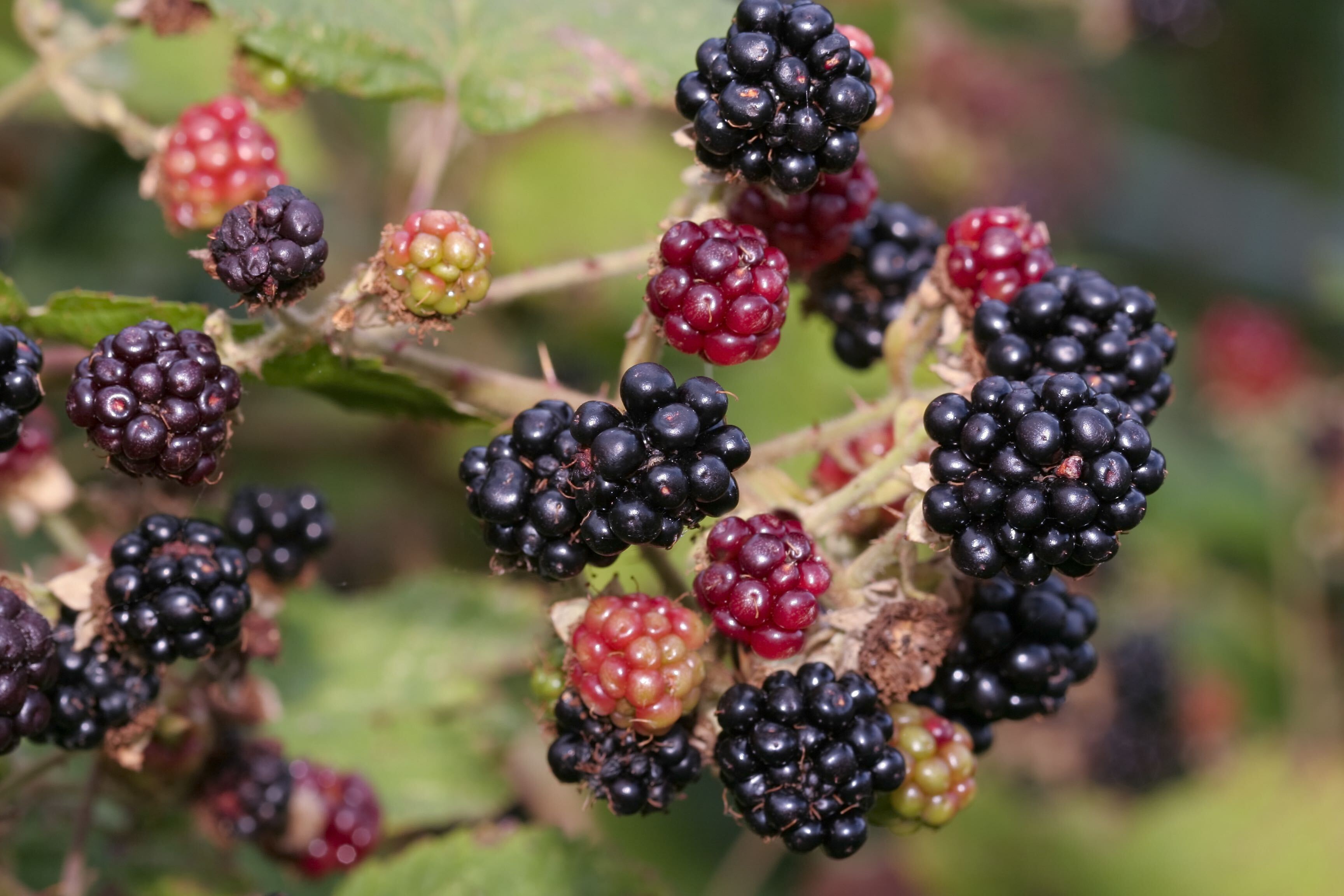
Wild Raspberries How to Identify, Harvest, and Eat Raspberries
Raspberries. Ruby-red wild raspberries prefer open areas with sun and moisture, like the edges of fields and forests. This shrub is usually around a metre tall, with prickles on the stem.. In south-central Ontario, join Wild Muskoka Botanicals on one of their guided foraging tours, or take a workshop further south with Puck's Plenty in the.
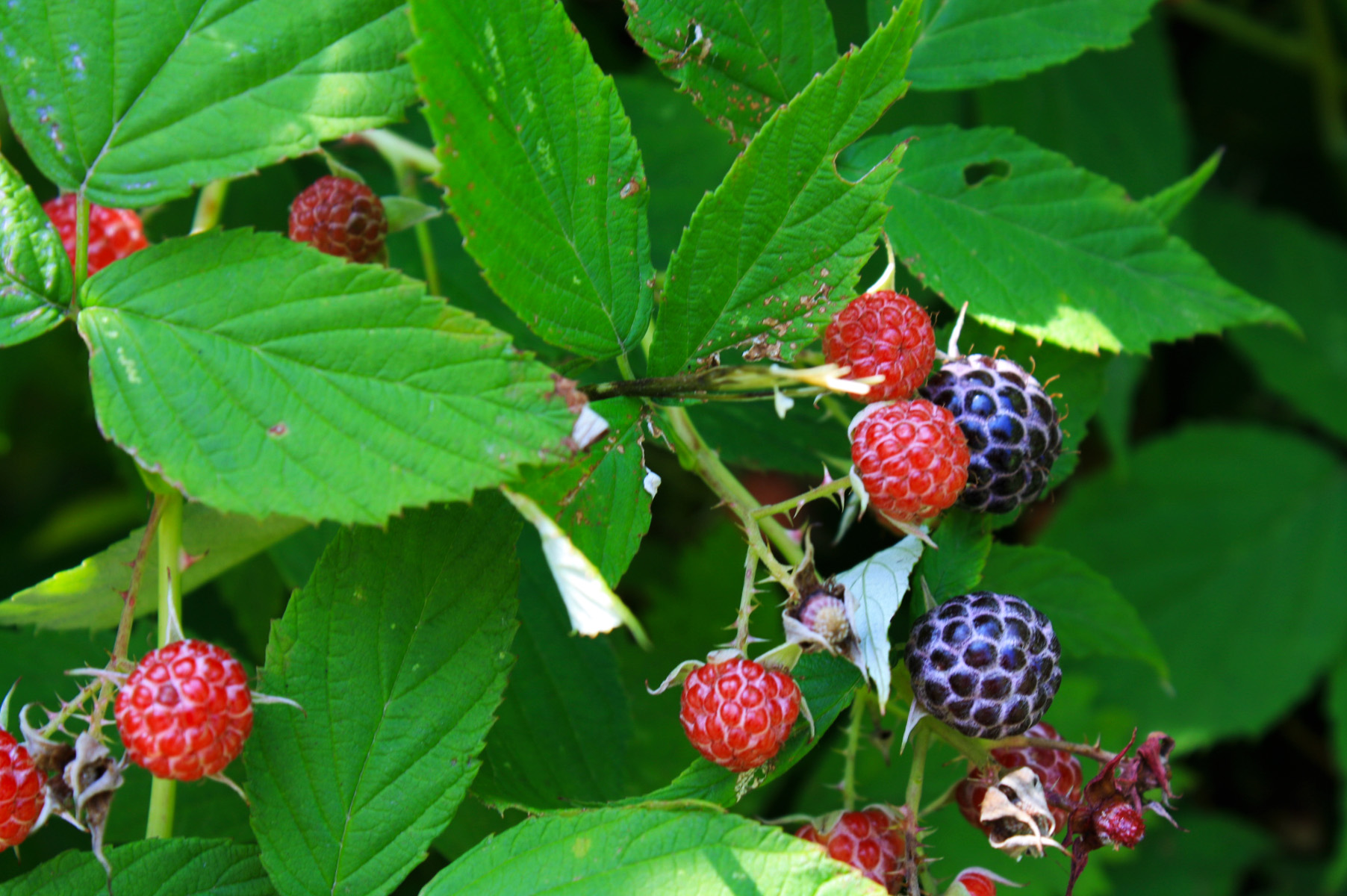
Black Raspberry berry 2 Ontario Native Plant Nursery Container
Wild raspberry Scientific name: Rubus idaeus. Other common name (s): Raspberry , Black-haired red raspberry , Brilliant red raspberry , American red raspberry , Red raspberry , Smoothleaf red raspberry , Wild raspberry , Wild red raspberry , Grayleaf raspberry . Life form: Shrub. Flowering time: 16 - 23 days. Flowering period
:max_bytes(150000):strip_icc()/Raspberrybushwithfruitandleaves-5e8bddf7d2b447a7b43cf9be94bda9e8.jpg)
How to Grow and Care for Wild Raspberry Bushes
The wild red raspberry has a transcontinental range, extending from Labrador to Alaska, and occurs throughout Ontario. Similar Species: The wild red raspberry is the only native raspberry in northern Ontario; the black raspberry ( Rubus occidentalis ), with blackish fruits and prickly, glaucous stems, occurs only in southern Ontario.

Wild black raspberry season in southern Ontario! ontario
Raspberries are a source of Vitamin C, Vitamin A and fibre. History Most likely native to Asia, wild raspberries have been eaten since prehistoric times. The Crusaders wrote poems about the delicious fruit with the heady perfume they found on their way to Jerusalem. Cultivation began in England and France, probably in the 1600s.
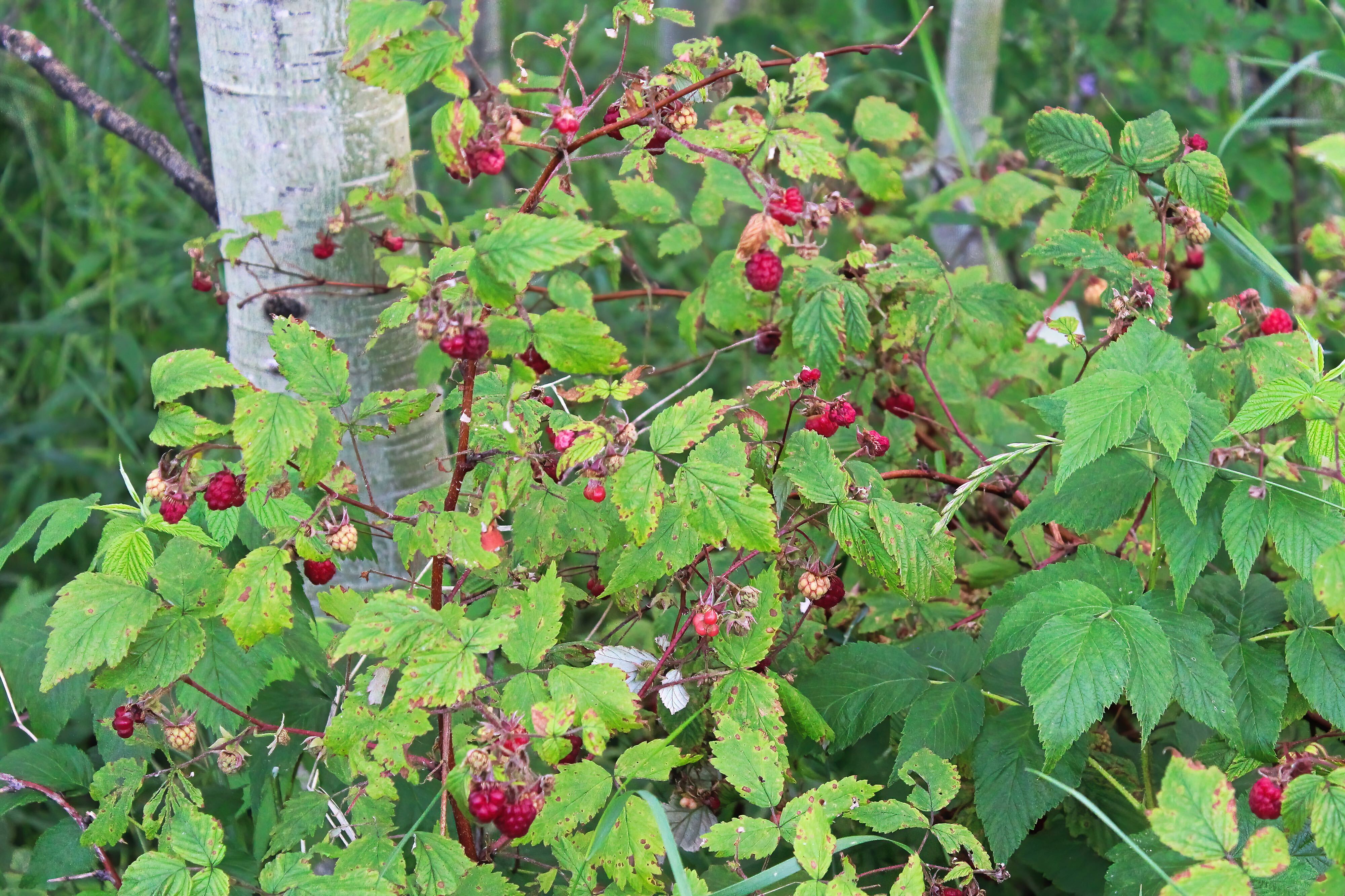
Wild Raspberries How to Identify, Harvest, and Eat Raspberries
Wild Berries in Canada Article by Nancy J. Turner Published Online August 18, 2009 Last Edited August 16, 2019 Over 200 species of small, fleshy, wild fruits occur in Canada. Most people consider them all "berries" but, technically, they are classed in different categories.
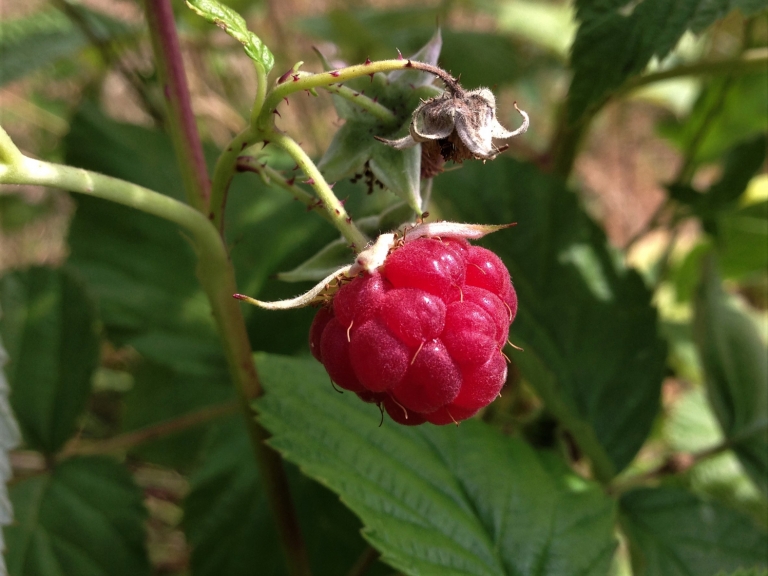
Wild Raspberry, Hindberry, Raspis, Rubus idaeus
Wild raspberry, or Rubus idaeus, can easily be identified by its three or five compound serrated leaflets, its prickly thorns, and, most specifically, its little white blooms that grow into tasty red berries. This bush is found throughout eastern North America growing in thickets along roadsides and trails.

Day One Photography Wild Raspberries
Distinctive features: Shrub Similar species: • Black Raspberry (Rubus occidentalis) - Stems have far fewer prickles and are very glaucous. Flowers: Summer; White; 5 parts (petals) Leaves: Alternate, Toothed Edible: The fruits are delicious. Books: Shrubs of Ontario: 241 Newcomb's Wildflower Guide: 232 Native/Non-native: Native
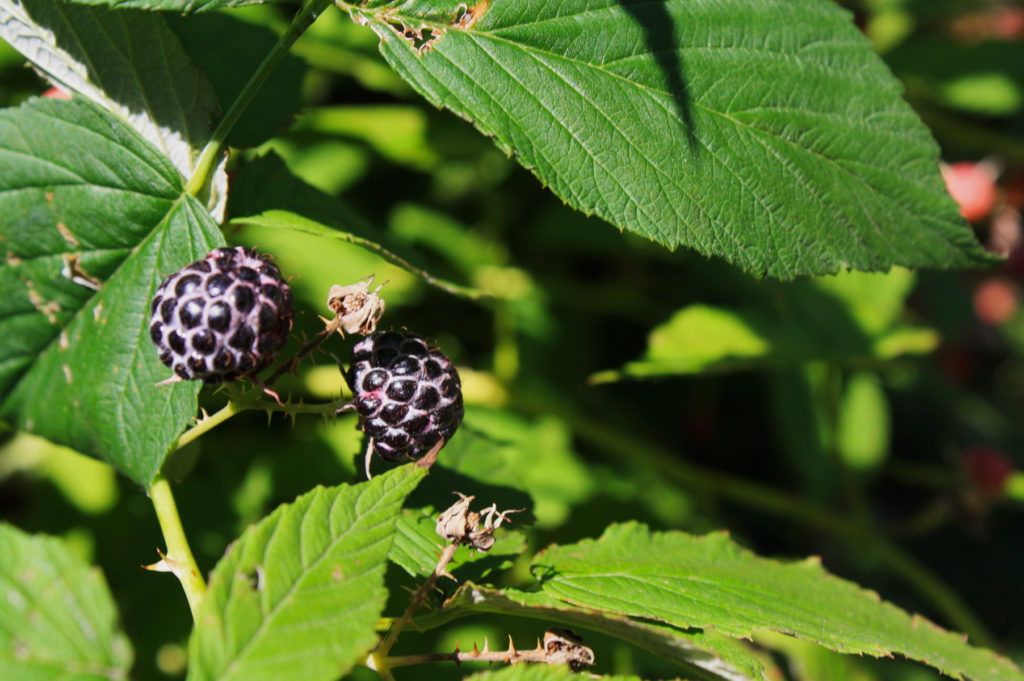
Black Raspberry berry 1 — Ontario Native Plant Nursery Container
Raspberries only produce fruit on their second year, so if you see a red cane, possibly with a white chalky look to it, it will most likely be the one to bear fruit, whereas the green, first year cane has only begun to grow, but will still display the same style of leaves and flowers.
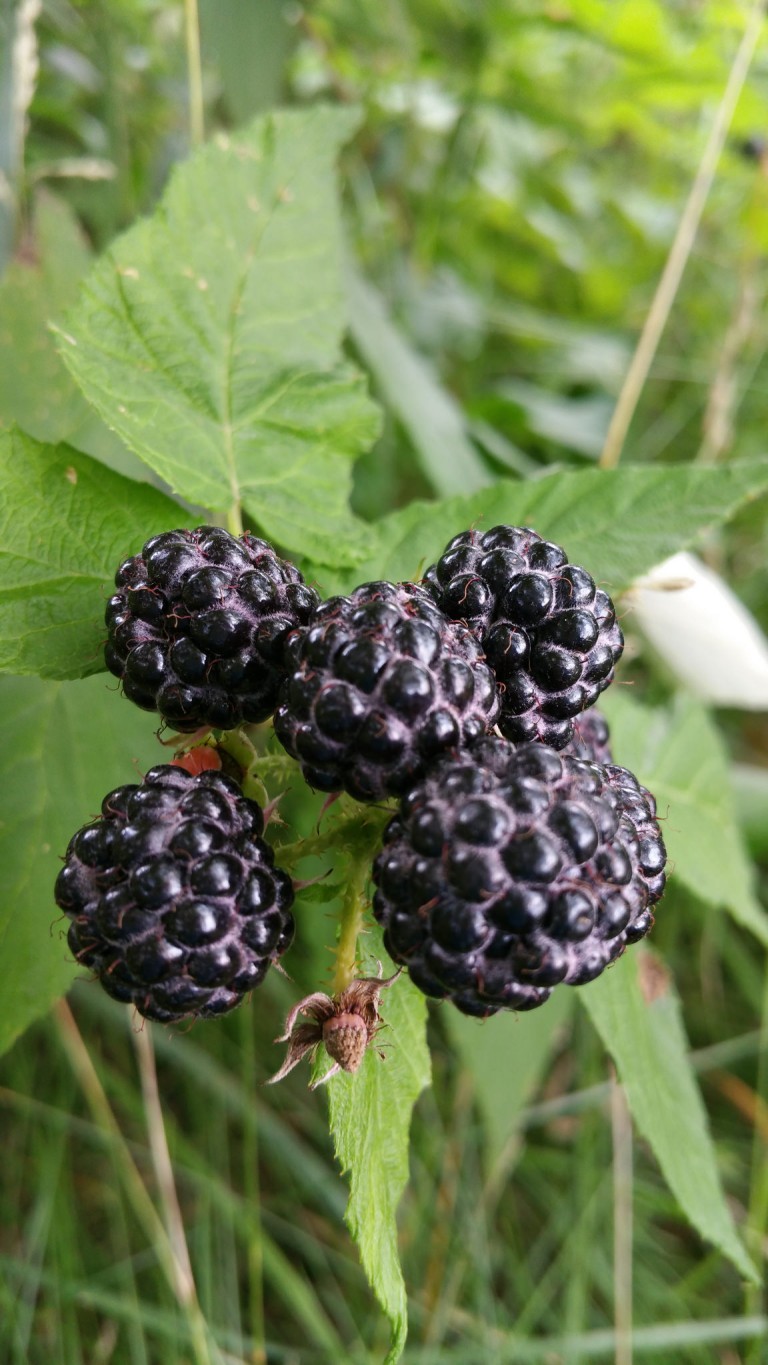
Black Raspberry — Ontario Native Plant Nursery Container Grown (705
The easiest way to tell the difference between these two berries is by looking at the plants' stems. Raspberry plants have lots of small to medium thorns, while thimbleberries are thornless. You can also sometimes distinguish between thimbleberries and raspberries by looking at the berries themselves.

wild black raspberries Black raspberry, Berries, Raspberry
Wild Red Raspberry Rubus idaeus Attracts birds, butterflies, bees and other showy insects. Fruit is often used in pies, preserves and jams. The fruit is excellent eaten raw directly off the plant. Dried leaves can be made into a herb tea. Height : 4-6 feet Wild Red Raspberry Spread : 6-8 feet Light : Full sun to part shade Water : Dry to moist

Wild Red Raspberry (Rubus idaeus), Lake Superior Boreal Forest Stock
Rubus strigosus Michx. Batidea viburnifolia Greene. Halved raspberry. Rubus idaeus ( raspberry, also called red raspberry or occasionally European red raspberry to distinguish it from other raspberry species) is a red-fruited species of Rubus native to Europe and northern Asia and commonly cultivated in other temperate regions.
:max_bytes(150000):strip_icc()/growing-wild-raspberry-bushes-5076279-hero-cb9ac15409154674a57d48e80829cc42.jpg)
How to Grow and Care for Wild Raspberry Bushes
Rubus idaeus Available for pre order on March 1, 2024 Plant in 2.5 x 2.5 x 3.5 inch plastic pot Light: part shade to full sun Moisture: medium Soil: sandy loam, loam, organic Mature Height: 5 feet Contact Me When this Plant or Product is Available

Raspberry (Black) Ontario Native Plants
Description Fruit-bearing shrub that produces large succulent raspberries which both wildlife and humans enjoy snacking on. Berry flavor is unique and more of a sweet 'candy' flavor than the classic Red Raspberry. Not ideal for small gardens as it spreads quite quickly via underground roots.
:max_bytes(150000):strip_icc()/growing-wild-raspberry-bushes-5076279-05-0589bfc7456b46f28e50d0fb122a06e0.jpg)
How to Grow and Care for Wild Raspberry Bushes
This guide covers a number of edible berries in Ontario, Canada including the Toronto, Ottawa and Hamilton areas and the Georgian Bay Islands, Pukaskwa, Bruce Peninsula, Point Pelee, and St. Lawrence Islands National Parks. Do not collect where prohibited. bearberry (aka kinnikinnick) black currant black huckleberry blackberry